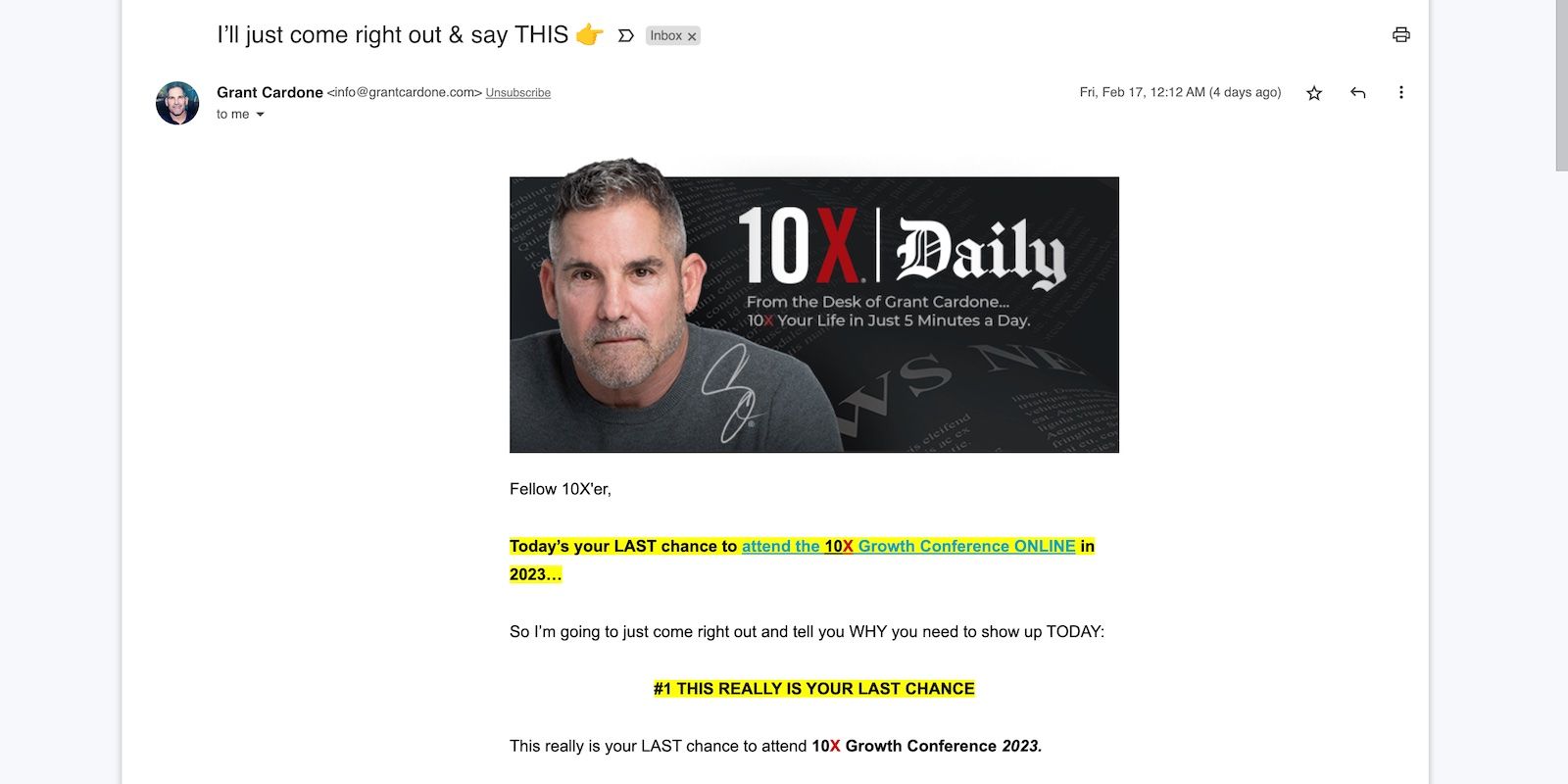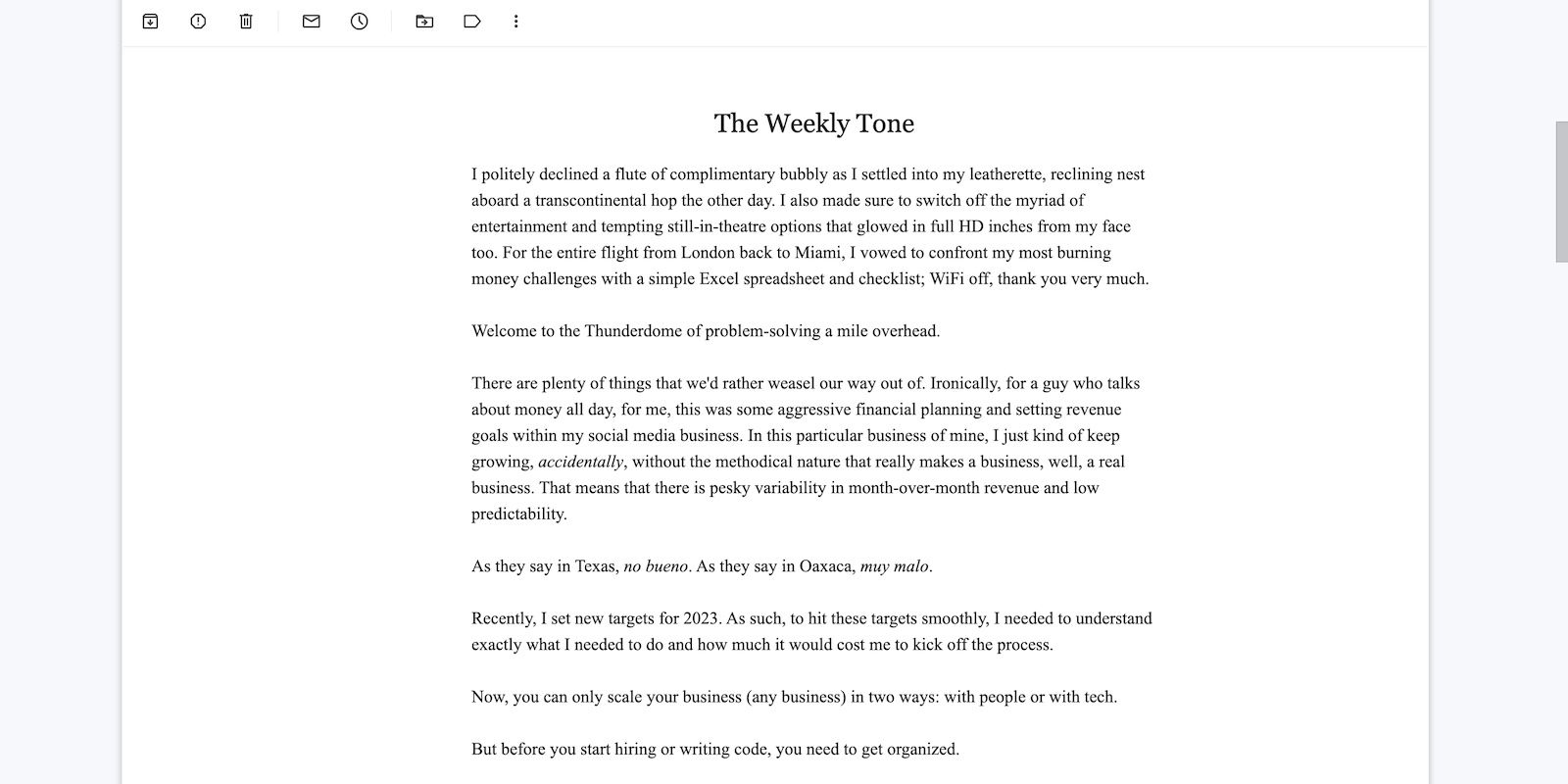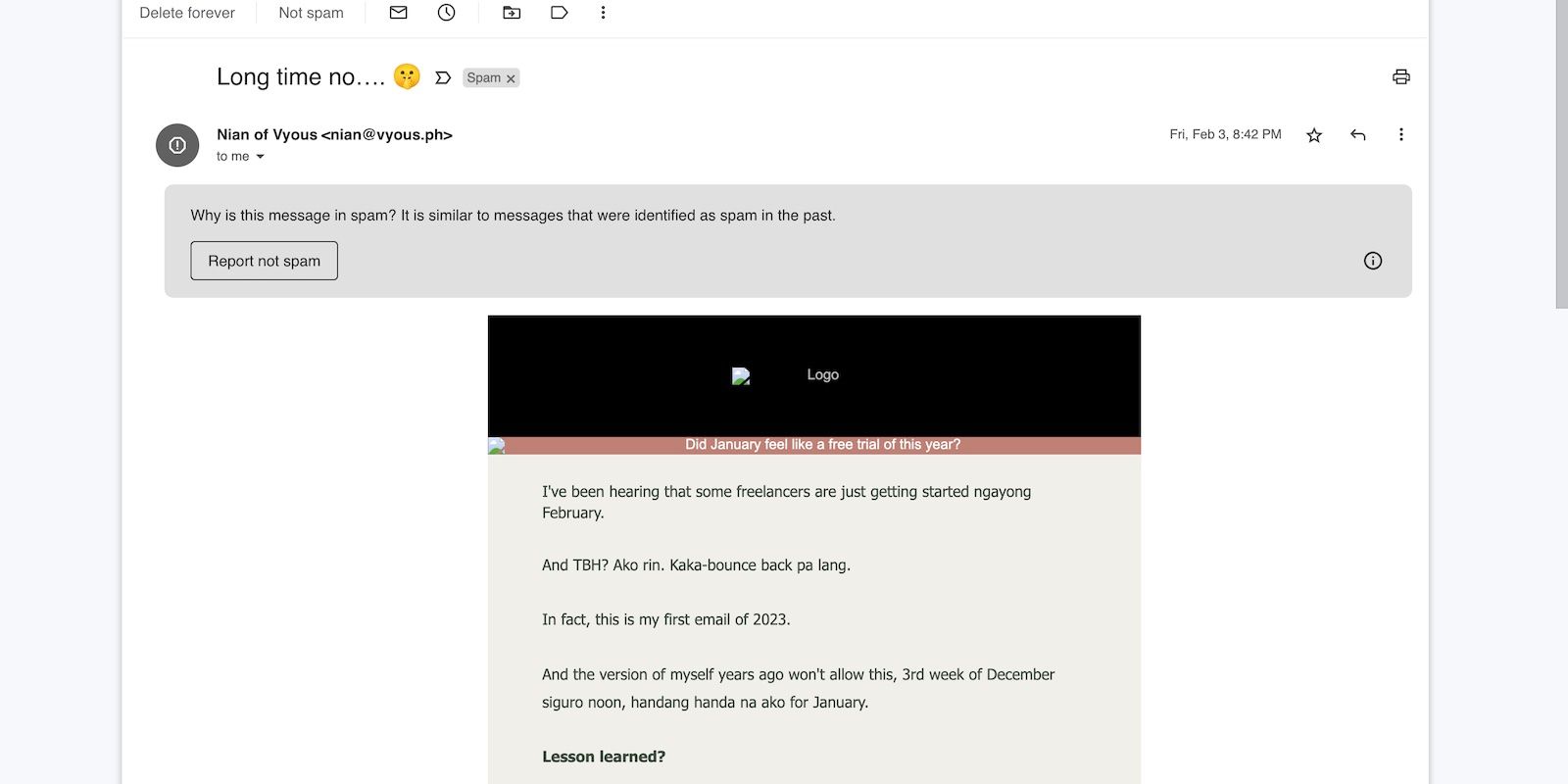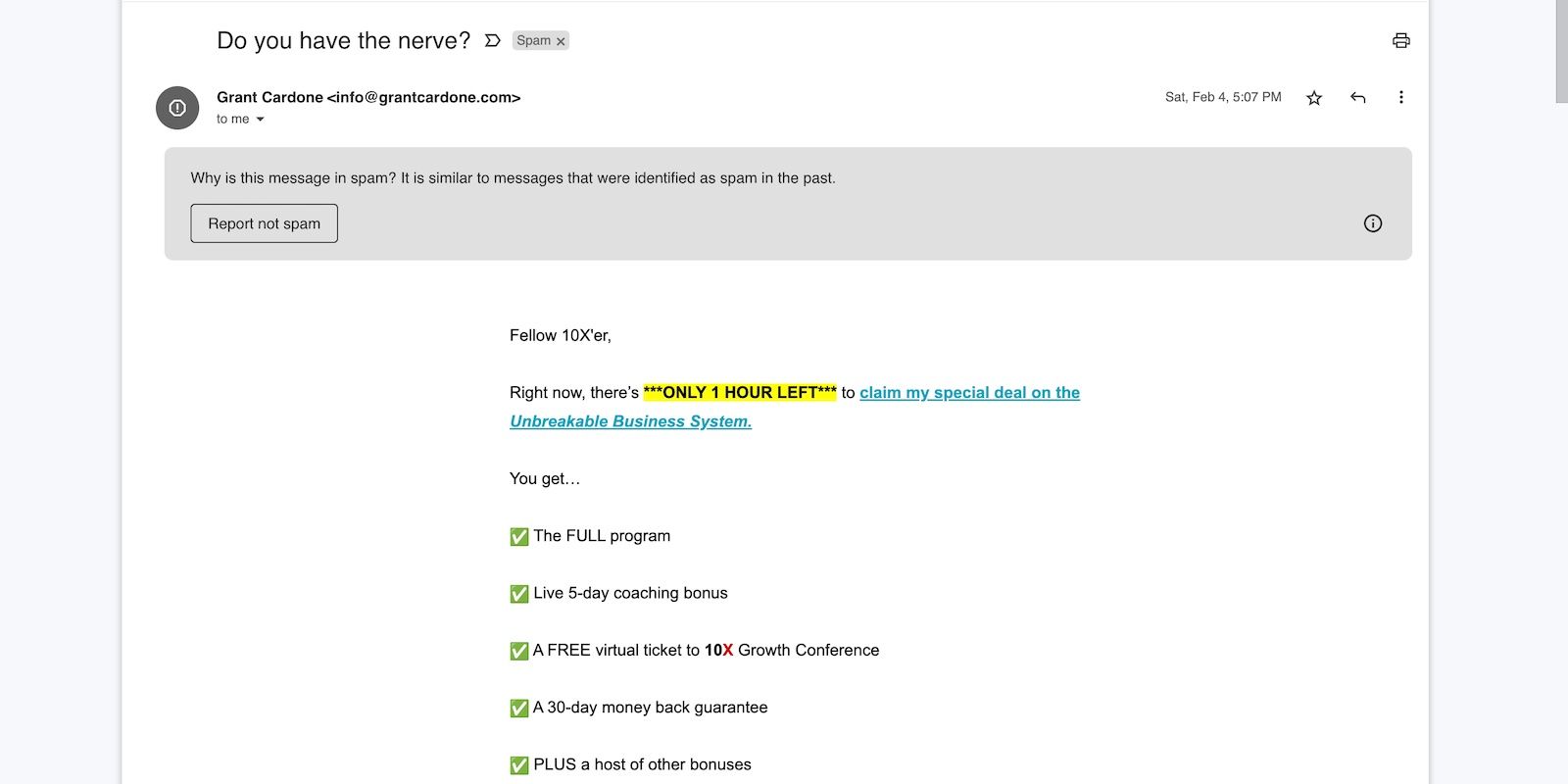If you’re concerned that your email introductions seem weak, don’t worry—you’re not alone. Even skilled writers spend hours crafting the perfect intro. Everyone knows they should grab the reader’s attention, but only a few manage to do it.
To master email opening lines, study what bad ones look like first. Here are some damaging yet commonly overlooked mistakes to avoid when writing professional emails.
1. Typing Emojis and Excessive Punctuation Marks
Emojis have become so common that even non-tech-savvy adults use them in daily conversations. After all, expressing emotions through text is tricky. Instead of accurately describing the nuances of nonverbal communication, you’ll find it easier to click digital images. For a more personal feel, you could even make customized emojis using apps.
Despite the convenience of emoticons, you shouldn’t use them in work emails. They look unprofessional. Some readers might even associate you with annoying marketers who start emails with massive emojis.
The same rule applies to excessive punctuation marks. While multiple exclamation marks and periods signify heightened emotions, they sometimes come off as spammy. Only use them with close friends and peers. Otherwise, you’ll risk looking like shady marketers who overuse “!!!!” to create fake urgency.
2. Using Sales-y Language
Aggressive email tactics rarely work anymore. Recipients automatically close emails with sales-y introductions, regardless of the message intent. Once they do, they don’t reopen them. Some people will even block the sender altogether if they don’t know them on a personal level.
To avoid getting the same treatment:
- Drop the pushy email opening lines.
- Use the first few sentences to highlight your personal brand instead of pitching CTAs.
- Gain the reader’s trust before anything else. Whether you want a pay raise from your employer or an appointment with a warm lead, you must establish yourself as a trusted individual first.
3. Taking Too Long With the Introduction
Ironically, people tend to over-explain when they’re lost for words. They compensate for uncertainty by rambling and diverting readers to associated yet non-essential elements. It’s a natural response. If you’re careless, you might find yourself typing several paragraphs before reaching the core of your message.
Although seemingly helpful, over-a puts off readers. Digital natives typically have short attention spans—they won’t give your message a chance if it starts with a long, tedious introduction. Keep your opening straightforward. Mention your credentials, share why you’re reaching out to them, then pique their curiosity with a pain point.
Remember: Intros must set the tone of your message, not summarize it. Try writing an informative, attention-grabbing introduction that provides context and prompts readers to engage. Also, limit yourself to two or three sentences.
4. Introducing Too Much Jargon
Jargon refers to technical words used within specific communities. They quickly convey complex concepts that would otherwise require lengthy, redundant explanations. These terms have no synonyms. You’ll rely on them the most when discussing industry-specific matters with fellow professionals.
Albeit essential, jargons also feel exclusionary. You shouldn’t carelessly assume that recipients will understand complex, technical ideas. Otherwise, you might intimidate them. Always start emails with general phrases and concise language. Only use jargon once you’ve introduced yourself and established the message’s intent.
Pro Tip: Avoid technical terms and jargon when writing to people outside the industry. If you have to elaborate on overly complex matters, upload relevant resources as large file attachments instead.
5. Acting Over Familiar
Workplace communication doesn’t always require a friendly, jolly demeanor. Personal stories, filler phrases, and fluff will muddle your opening line if taken out of context. Before setting the tone of your introduction, consider your level of closeness to the recipient. Respect their professional boundaries.
Superfluous, formal terms sound impersonal, but an edgy, inappropriate attitude could come off offensive. Be personable without acting overly familiar. And if you’re unsure about your approach, play it safe and lean toward a formal tone. Avoid phrases that could be misinterpreted. Only adopt a less formal attitude once the other party warms up to you.
6. Throwing Around Jokes and Punchlines
Many marketers swear by humorous email introductions. They claim that witty remarks build rapport and grab the reader’s attention. Funny intros might make your emails more engaging, but the risks outweigh the benefits. Jokes are hard to convey via email.
Even a lighthearted pun could turn into an offensive insult if you use the wrong tone, phrasing, and context. Only consider using jokes in casual conversations with colleagues whom you know on a personal level. Otherwise, keep your work emails professional.
7. Following Unusual Formats
Most email providers accommodate the same font styles, sizes, and colors found in word processors. You can even download new ones from free font websites. Although fonts express creativity, carefully choose the ones you use in professional messages. Not everyone appreciates unusual formats.
To play it safe, use the default style when writing work emails. Outrageous designs are not only unprofessional, but they also compromise readability. For instance, white backgrounds wash out light colors, while large font sizes deviate readers from the smaller text.
There are more professional ways of expressing creativity. Instead of playing with fonts, showcase your talent by building a website from scratch, uploading relevant assets, or creating a writing portfolio.
8. Making Aggressive Warnings
Marketers like those in the above image start their emails with a made-up deadline. Although attention-grabbing, it’s also annoying. Even commercial banks and lenders introduce themselves before getting down to business. If your message opens with an aggressive warning, readers will dismiss it as spam.
Explore other ways you can create urgency. Instead of leading with deadlines, which rarely influence purchases, emphasize the value of your limited-time offer. Prospects don’t respond well to aggressive approaches.
But if you could avoid adding deadlines to your opening line, please do so. Provide value before creating urgency. Closing a deal without explaining your proposition will make you look pushy and desperate. Save your CTAs for last.
Start Emails With a Strong, Professional Opening
The “perfect” opening line doesn’t exist. Instead of relying on templates, create unique introductions that align with your message intent and resonate with the recipient. Remember: generic, overused intros never yield results.
While your opening line sets the tone for your email, don’t spend all your time on it. Work emails comprise several parts. You should check your draft for other careless mistakes, e.g., blank subject lines, grammatical errors, and missing file attachments.





